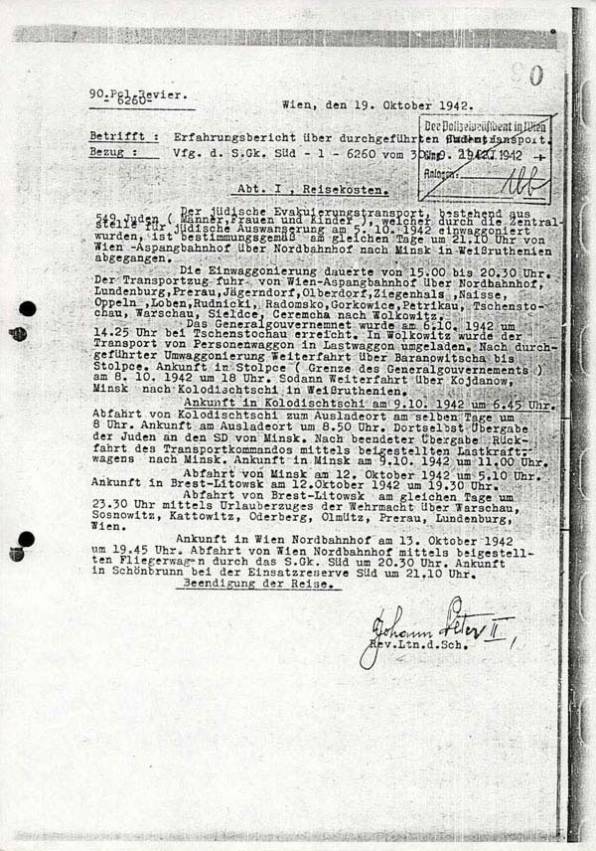The German conquest of Soviet and formerly Soviet-annexed territory following Operation Barbarossa in June 1941 meant that the German railway administration had to face certain transport problems caused by the fact that Germany and the USSR employed different widths for their railway gauges. While the Molotov-Ribbentrop pact lasted, efforts were in fact made to alleviate this logistical problem, as described in a
1940 New York Times article recently adduced by Eric Hunt:33
“
Nine pairs of railway stations on the New German-Russian frontier will hum soon with activity through the reloading of Russian raw materials and German industrial goods from wide to standard gauge freight cars and vice versa, if Nazi expectations are fulfilled.
These stations, all in what until last September was Poland, are listed with those on the German side first: Szczepki, Augustow, Prostken-Grajewo, Malkinia-Zaremba, Platerow-Siemiatycze, Terespol-Brest-Litovsk, Chelm-Jagodzin, Belzec-Rawa Ruska, Zurawicz-Przemysl and Nowogrod-Salus.[...]
Of the nine projected transfer points along the German-Russian frontier all but one have already been opened to bring minerals, oil and grain to Germany. The ninth - at Chelm-Jagodzin - must wait until a new bridge is built over the Bug River.”
Preserved documents show that the direct transports [of Jews] to Belarus often travelled via Platerow.34
It is an already well-known fact that the Aktion Reinhardt camps were located near the Soviet-German demarcation line and therefore near to were the gauge changed.
The Treblinka camp was located only some 5 kilometers south of Małkinia and the Bug River (which formed most of the demarcation line). Sobibór is located only some 2.5 km west of the Bug River.35
Sobibór was connected to the Chełm-Włodawa railway line.36 From testimony we also know that trains travelling from Minsk to Sobibór in the autumn of 1943 (at the time of the evacuation of the Minsk ghetto) passed through Chełm; the same no doubt held true for transports in the opposite direction.37
Sobibór is located some 40 km north from Chełm.38
From Chełm the railway line continued east into the Ukraine with the city of Kowel as final station.39
As seen from the abovementioned New York Times article Bełżec was located right at one of the nine transfer points. That the camp was not on the border of the Generalgouvernement is due to its expansion to incorporate East Galicia (the Lemberg district) on 1 August 1941 (before 22 June 1941 Rawa Ruska had thus belonged to the Ukrainian SSR).
Upon noticing the establishment of a series of small camps – the construction of Bełżec began already in late fall 1941 – with railway connections, all located in the immediate vicinity of the former demarcation line and the Soviet-German railway transfer points, it would not have taken long for the propagandists to figure out that the Germans were constructing transit camps for Jews. The very nature of these camps – temporary stop-overs from where deportees after passing through a delousing process would continue to distant, little-known places in the east under another administration, with no prospects of a return west in the foreseeable future – could easily have suggested the “pure extermination center” story.
Unfortunately for the propagandists, some knowledge about the actual destinations for some of the Jewish transports seeped through to the civilian population. The initial reaction of the propagandists seems to have been to dismiss these transports as exceptions or “decoy transports” used to fool the Jews remaining behind into believing that actual resettlement was taking place. Later, when postcards from deported Jews continued to reach the Warsaw ghetto, one launched the allegation that the Germans were forging the letters or forcing deportees to write postcards with misleading contents after their arrival at the “extermination camps.”40
http://inconvenienthistory.com/archive/ ... report.php



